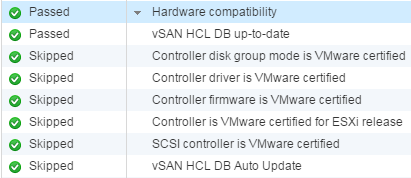vSAN 6.6 RVC Guide Part 6 - Troubleshooting
vSAN 6.6 RVC Guide |
The "vSAN 6.6 RVC Guide" series explains how to manage your VMware Virtual SAN environment with the Ruby vSphere Console. RVC is an interactive command line tool to control and automate your platform. If you are new to RVC, make sure to read the Getting Started with Ruby vSphere Console Guide. All commands are from the latest vSAN 6.6 version.
The sixth part is about troubleshooting vSAN deployments.
- vsan.obj_status_report
- vsan.check_state
- vsan.fix_renamed_vms
- vsan.reapply_vsan_vmknic_config
- vsan.vm_perf_stats
- vsan.clear_disks_cache
- vsan.lldpnetmap
- vsan.recover_spbm
- vsan.support_information
- vsan.purge_inaccessible_vswp_objects
- vsan.scrubber_info







